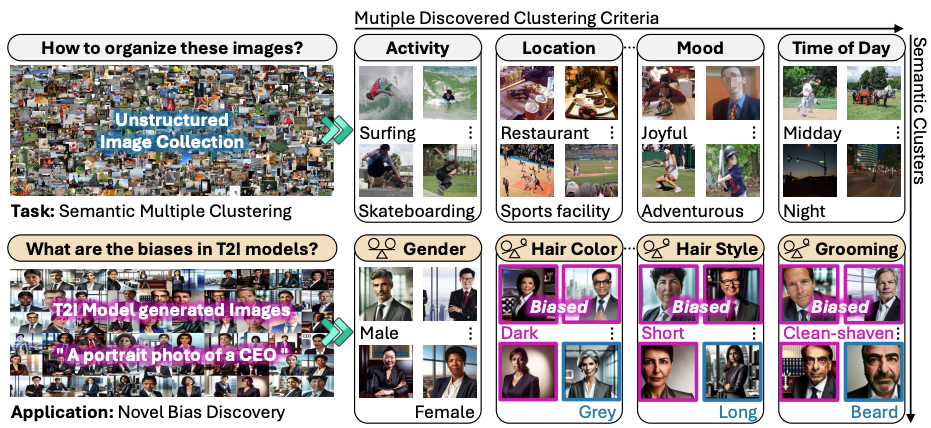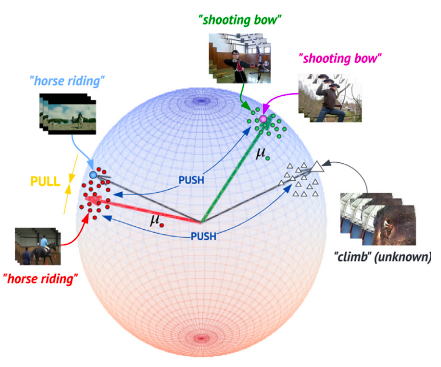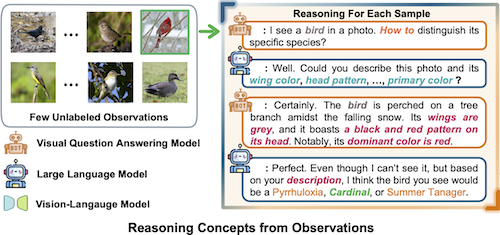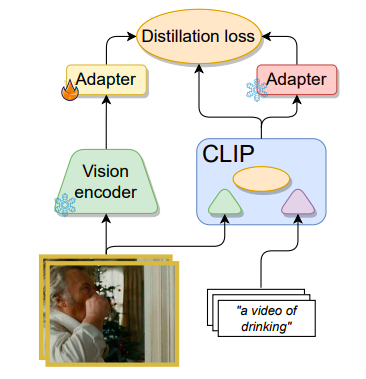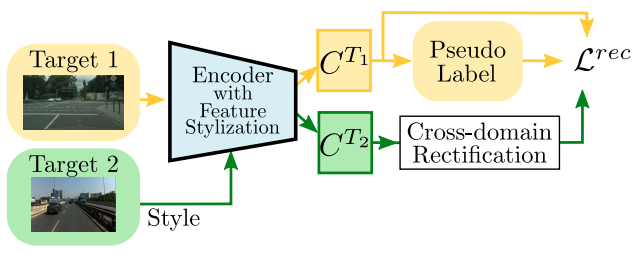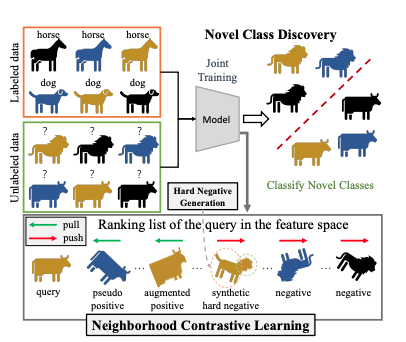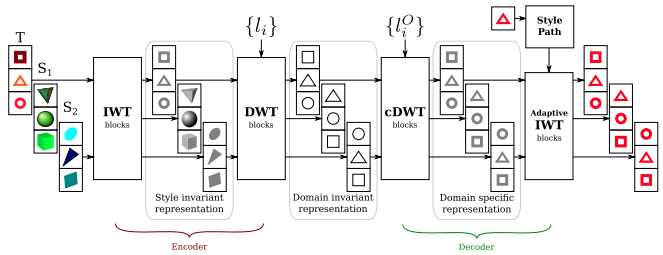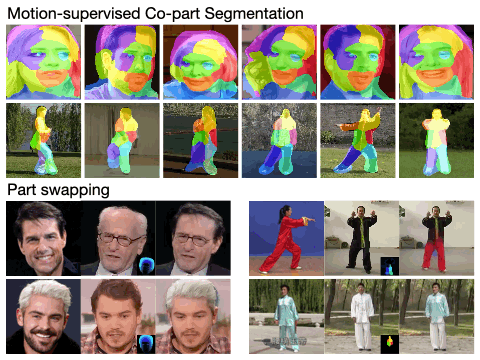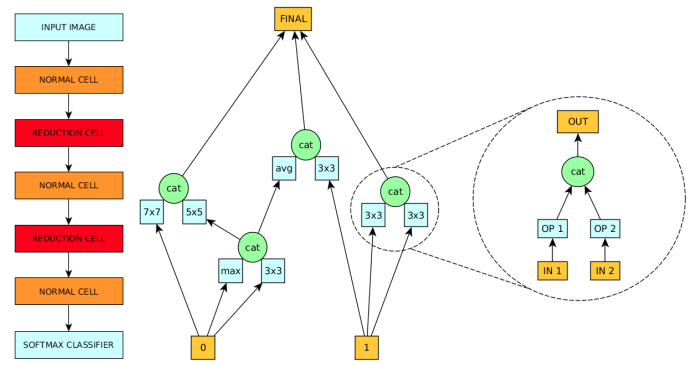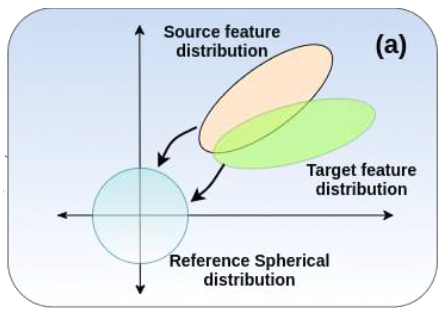
Hi there! 👋
I am a Postdoctoral researcher at University of Trento, Italy. The primary focus of my research is to equip deep learning models with better generalization capabilities under data distribution and semantic shifts. In particular, my main research areas include multimodal learning, domain adaptation, continual learning, novel class discovery, and so on.
Previous to this I was a Postdoctoral researcher at Telecom Paris and lecturer at University of Aberdeen. I received my Ph.D. degree in 2022 with cum-laude from the University of Trento, where I was advised by Prof. Elisa Ricci and Prof. Nicu Sebe. During my Ph.D. I spent six wonderful months as an intern in Naver Labs Europe, where I had the pleasure to work with Gabriela Csurka and other brilliant colleagues. I was also fortunate to collaborate with Prof. Arno Solin from Aalto University, with whom I worked on bayesian neural networks. Prior to the doctoral degree, in 2018 I received the M.Sc. degree in Telecommunication engineering from the University of Trento with the maximum marks. During my masters I worked with Prof. Begüm Demir on applying deep learning techniques to tackle remote sensing problems.
Interests
- Domain Adaptation
- Continual Learning
- Open World Recognition
- Weakly Supervised Learning
- Multi-modal Learning
- Visual Reasoning
Teaching
- Advanced Programming (CS551P) at University of Aberdeen
- Modelling and Problem Solving for Computing (CS1029) at University of Aberdeen
- Deep Learning at University of Trento
